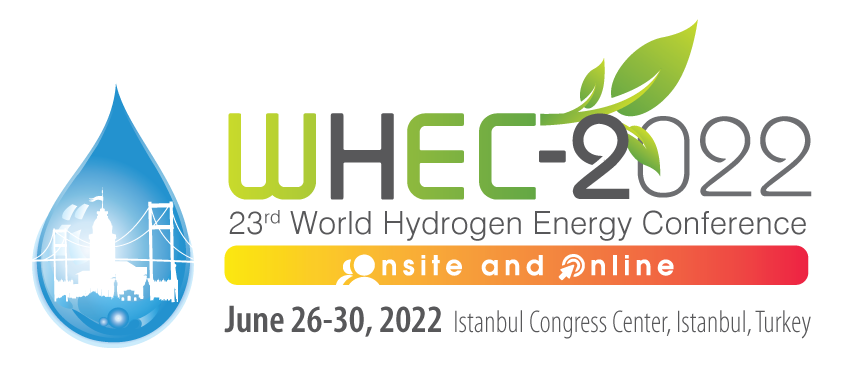| Name | Saim Özkar |  |
| Affiliation | Department of Chemistry Middle East Technical University, Ankara |
|
| Presentation Title | Noble metal nanocatalysts for hydrogen generation from the hydrolysis of ammonia borane |
|
| Abstract | Ammonia borane (AB) is the most promising solid hydrogen storage materials and its catalytic hydrolysis is the best way of releasing H2 at ambient conditions. Noble metal nanoparticles (NPs) are the most active catalysts providing high TOF for hydrogen generation from the hydrolysis of AB. However, high price of the precious noble metals hampers their large-scale applications in catalysis. Achieving high catalytic performance with the smallest amount of metal is critical for any catalytic applications of noble metals. While continuous efforts have been devoted to improve the catalytic activity of non-noble metals in hydrolytic dehydrogenation of AB, an immense challenge is the enhancement of utilization efficiency and thus, ultimately lowering the cost of noble metal catalysts. The following approaches can be used for increasing the catalytic efficacy of noble metal nanocatalysts. (i) Reducing the particle size from macroregime to nanoregime increases the surface area and thus, the number of active sites. For example, using the colloidal NPs can increase the catalytic activity tremendously compared to the bulk metals. However, colloidal NPs are unstable and tend to aggregate to larger particles, which greatly hampers their recyclability/reusability and catalytic performance. (ii) Adding a suitable ligand into the suspension can stabilize the colloidal NPs though the activity may decrease as well. (iii) Another way of stabilizing noble metal NPs is to support them on the surface of solid materials such as metal oxide or carbonaceous materials whereby catalytic activity is expectedly enhanced by the large surface area. The catalytic activity and stability of supported noble metal NPs depend on the particle size distribution, surface area of support, and strength of metal-support interaction. Selecting suitable supports is of paramount importance in obtaining NPs which are stable and still catalytically active. (iv) Downsizing the NPs can also increase the catalytic activity of supported noble metal nanocatalysts. (v) Using reducible oxide as support is found to enhance the catalytic activity of noble metal NPs significantly. (vi) Increasing the lifetime and reusability of nanocatalysts can certainly help to improve the atom efficiency of noble metal nanocatalysts. (vii) Making the NPs magnetically separable improves significantly the reusability of noble metal nanocatalysts. The results on rhodium and platinum nanoparticles will be discussed for each approach to demonstrate that the catalytic efficiency of noble metal nanocatalysts in hydrolytic dehydrogenation of ammonia borane can be increased by a suitable combination of all the available methods. |
|
| Biographical Sketch |
Dr. Özkar graduated from Faculty of Chemical Engineering at the Technical University of Istanbul in 1972, and then worked for two years in industry. He received his Ph.D. in inorganic chemistry at the Technical University of Munich, Germany in 1976 and joined the Department of Chemistry, Middle East Technical University in 1979. He spent one year at the Max Planck Institute in Mülheim a.d. Ruhr, Germany as a scholar of Alexander von Humboldt-Foundation in 1986, 2 years at the University of Toronto as visiting professor in 1988-1990, and now 5 total years at Colorado State University since 2000 starting with a Fulbright Fellowship of 9 months. He was awarded Science Prize by the Scientific and Technological Research Council of Turkey in 1996 and has been a member of Turkish Academy of Sciences since 1996. His research interests involve the catalysis, organometallic chemistry, transition metal nanoparticles (synthesis, characterization, and catalytic use in many industrially important reactions) as well as the reaction kinetics and mechanisms of catalysis. |
|
